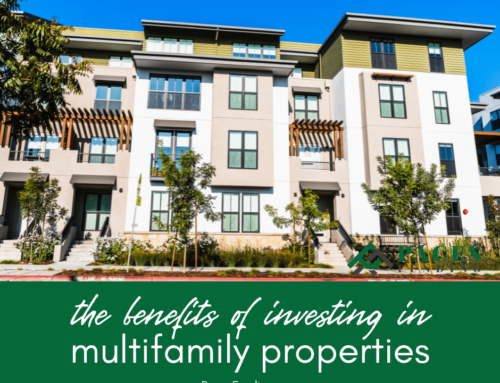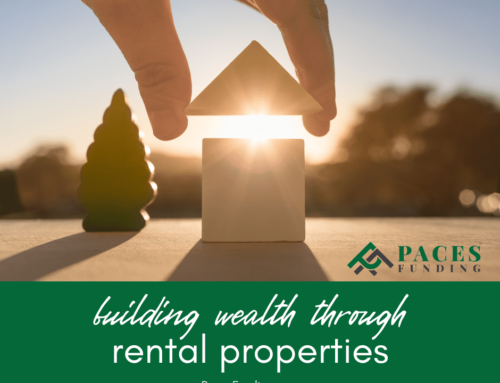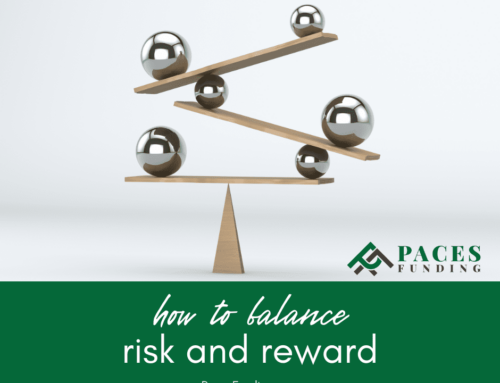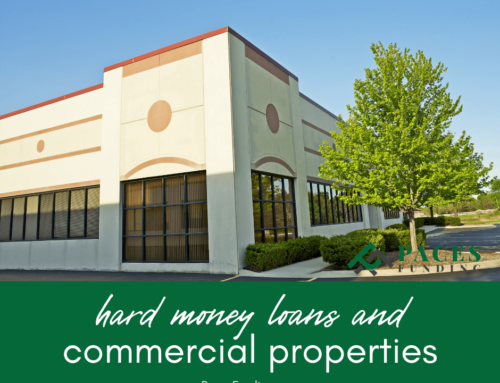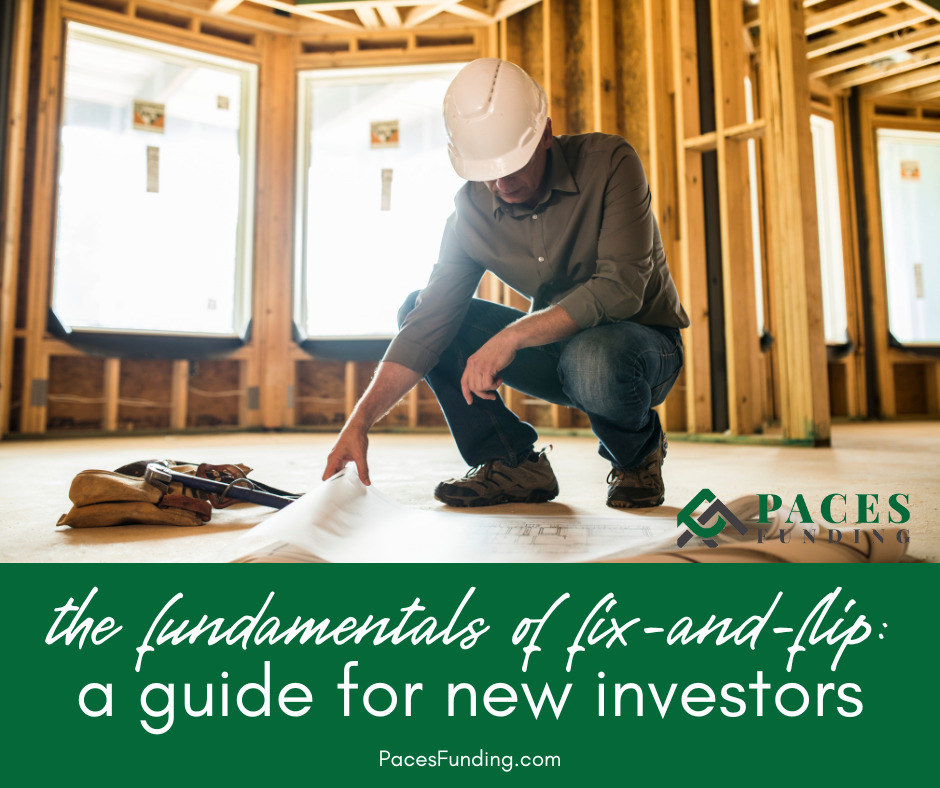
The Fundamentals of Fix and Flip Investing: A Guide for Real Estate Investors
Fix and flip investing is an exciting and potentially lucrative opportunity for real estate investors. By buying properties in need of repair, making the necessary improvements, and reselling them for a profit, you can build your investment portfolio and create a steady stream of income. This guide will walk you through the fundamentals of fix and flip investing, providing a solid foundation for success.
The Fundamentals of Fix and Flip Investing: A Guide for Real Estate Investors
This guide explains the following:
- Understanding the fix and flip process
- Finding the right property
- Assessing the potential profit
- Developing a renovation plan
- Financing your project
- Managing the renovation process
- Selling the property
- Learning from your experiences
Here’s a closer look at each.
Understanding the Fix and Flip Process
The fix and flip process involves purchasing a property that needs improvements, making the necessary renovations, and then selling the property for a profit. The key to success in this type of investing is understanding the local real estate market, accurately estimating renovation costs, and effectively managing the renovation process.
Related: 3 creative ways to come up with a down payment on an investment property
Finding the Right Property
The first step in a successful fix and flip is finding the right property. Look for properties that are undervalued or in need of significant repairs, as these can provide the greatest potential for profit. Research the local market and focus on neighborhoods with high demand and strong property values. Connect with local real estate agents, wholesalers, and other investors to find potential deals.
Assessing the Potential Profit
Before purchasing a property, you must determine if it has the potential for a profitable flip. Calculate the property’s after-repair value (ARV) by researching comparable properties in the area. Then, estimate the renovation costs, factoring in materials, labor, and any potential unforeseen expenses. Subtract the total renovation costs and purchase price from the ARV to determine your potential profit.
Developing a Renovation Plan
After identifying a property with potential, create a detailed renovation plan outlining the necessary improvements. Prioritize projects that will increase the property’s value and appeal to potential buyers, such as kitchen and bathroom updates, new flooring, and fresh paint. Consider working with a contractor or architect to ensure the plan is realistic and within your budget.
Related: Cash-on-cash return in real estate
Financing Your Project
There are various financing options for fix and flip investors, including cash, home equity loans, and hard money loans. Each option has its pros and cons, so it’s essential to evaluate your financial situation and choose the one that best fits your needs. Remember that financing costs, such as interest rates and fees, will affect your overall profit.
Managing the Renovation Process
Effective project management is crucial for a successful fix and flip. Develop a timeline for the renovation and track progress regularly. Communicate with your contractors to ensure they understand your vision and expectations. Be prepared to make adjustments as needed and always have a contingency plan in place for unexpected issues.
Related: 3 financing options you should understand if you’re a new investor
Selling the Property
Once the renovations are complete, it’s time to sell the property. Work with a real estate agent who is experienced in selling flipped properties and has a strong understanding of the local market. Price the property competitively to attract buyers and be prepared to negotiate offers. Remember that the longer the property is on the market, the more it will cost you in holding expenses.
Learning From Your Experiences
Each fix and flip project provides valuable learning opportunities. Take the time to analyze the successes and challenges of each project, and use that information to improve your processes for future investments. Network with other investors and attend industry events to stay informed about market trends and best practices.
By understanding the fundamentals of fix and flip investing and applying the strategies outlined in this guide, you can increase your chances of success and build a profitable real estate investment portfolio. As with any investment, there are risks involved, but with thorough research, careful planning, and a commitment to learning from your experiences, you can navigate these challenges and achieve your investment goals.
Related: 7 tips to help you sell your flip fast
Building a Team of Professionals
As you gain experience in fix and flip investing, consider building a team of professionals to help streamline your projects. This may include real estate agents, contractors, architects, and attorneys. A strong team can help you identify potential deals, navigate the renovation process, and ensure a smooth sale once the property is complete. Plus, working with experienced professionals can help you avoid costly mistakes and maximize your profits.
Staying Adaptable
The real estate market is constantly changing, and successful fix and flip investors must adapt to these changes. Keep an eye on market trends, emerging neighborhoods, and shifts in buyer preferences to stay ahead of the curve. Be willing to adjust your strategies and explore new opportunities as they arise.
Related: Myths and misconceptions about hard money lending in real estate investing
Diversifying Your Investments
While fix and flip investing can be profitable, it’s essential to diversify your investment portfolio. Consider exploring other real estate investment strategies, such as buy and hold, wholesaling, or investing in commercial properties. Diversification can help mitigate risk and create multiple streams of income to support your overall financial goals.
Fix and flip investing offers real estate investors an opportunity to generate substantial profits and build a successful investment portfolio. By understanding the fundamentals, carefully selecting properties, managing the renovation process effectively, and learning from your experiences, you can pave the way to success in this exciting and rewarding field.
Related: Why people are moving to the South
FAQ
What is fix and flip investing?
Fix and flip investing is a real estate investment strategy that involves purchasing distressed properties, renovating them, and then selling them for a profit. The goal is to add value to the property through improvements and repairs, increasing its market value and generating a return on investment.
How do I find the right properties for fix and flip investing?
Finding the right properties requires thorough market research, networking, and understanding your target buyer’s preferences. You can work with real estate agents, attend local auctions, and utilize online resources to identify potential deals. Look for properties in up-and-coming neighborhoods, those with good profit margins, and properties with renovation potential that will appeal to your target market.
Related: What impact does climate change have on real estate?
How do I determine the profit potential of a fix and flip property?
To determine profit potential, you’ll need to calculate the After Repair Value (ARV) of the property, which is the estimated value of the property after renovations are complete. Subtract the purchase price, renovation costs, and any additional expenses (such as holding costs and closing fees) from the ARV to estimate your potential profit.
How can I manage the renovation process effectively?
Effective renovation management involves creating a detailed renovation plan, setting a realistic budget, and working with a reliable team of contractors and professionals. Keep track of all expenses, maintain open communication with your team, and monitor progress to ensure the project stays on schedule and within budget.
Related: The ultimate guide to hard money lending for real estate investors
What should I consider when selling a fix and flip property?
When selling a fix and flip property, you’ll need to consider factors such as the property’s location, current market conditions, and your target buyer’s preferences. Work with a real estate agent to price the property accurately and implement effective marketing strategies to attract potential buyers.
What are some challenges I may face when fix and flip investing?
Some common challenges in fix and flip investing include finding the right properties, managing renovation costs, navigating market fluctuations, and dealing with unexpected issues during the renovation process. By conducting thorough research, planning, and learning from your experiences, you can navigate these challenges and achieve your investment goals.
How can I diversify my investment portfolio as a fix and flip investor?
In addition to fix and flip investing, you can explore other real estate investment strategies such as buy and hold, wholesaling, or investing in commercial properties. Diversification can help mitigate risk and create multiple streams of income to support your overall financial goals.
Do You Need a Hard Money Loan?
Paces Funding is the top hard money lender in Georgia, North Carolina, South Carolina and Tennessee. Apply for a hard money loan here or click through our site to find out how we can help you now!



